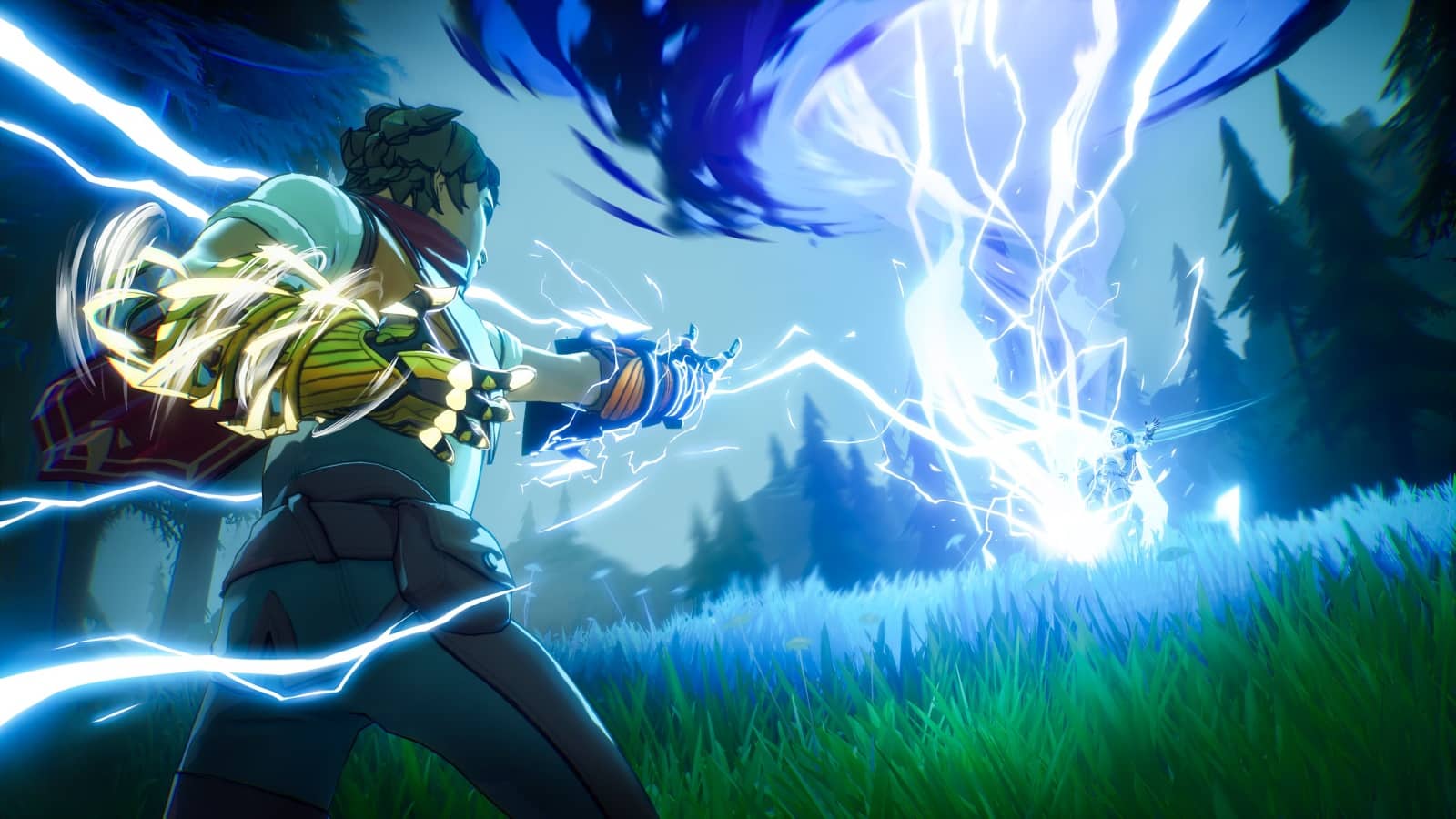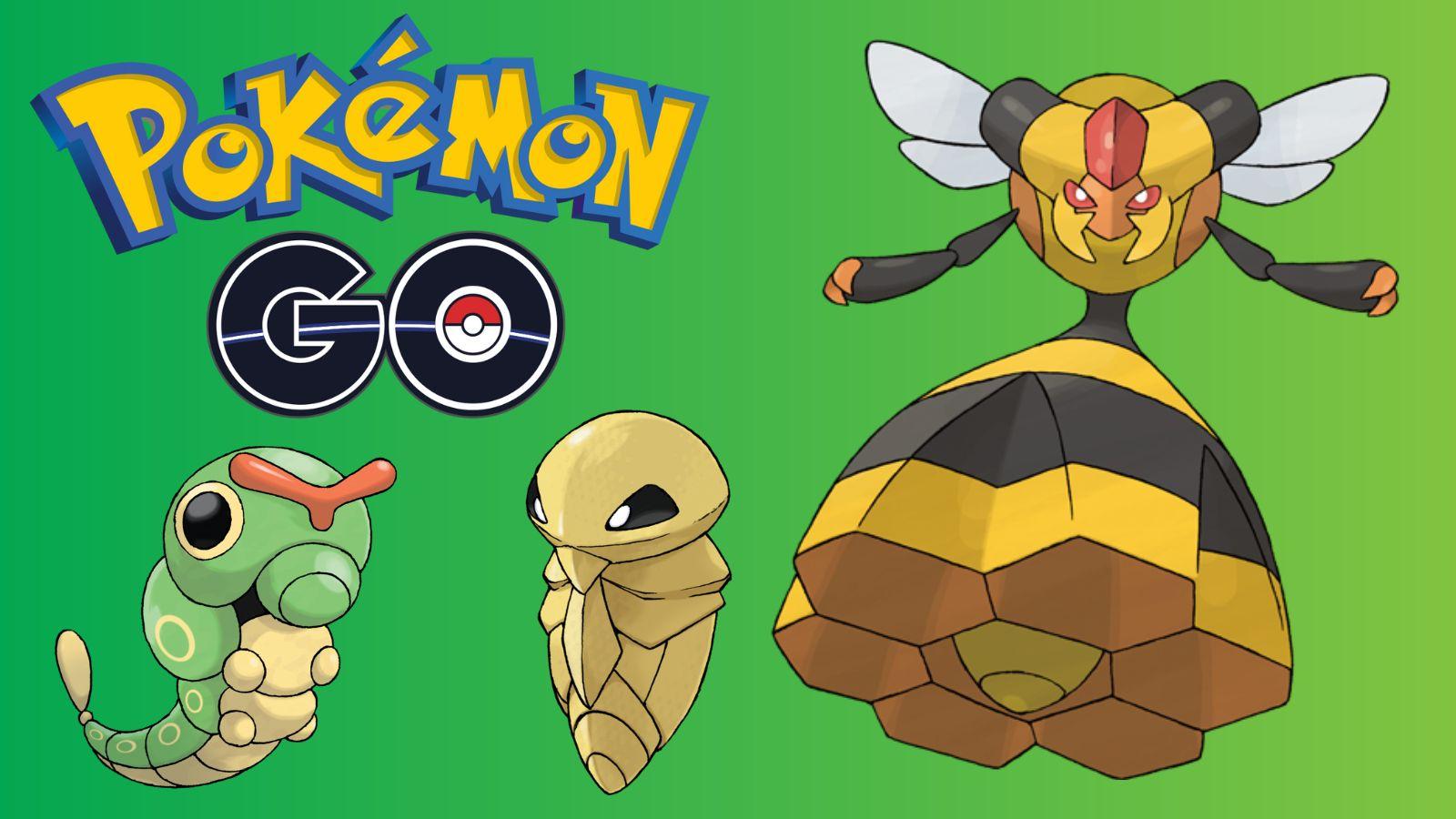How does Dream make money? Understanding the faceless Minecraft YouTuber’s income
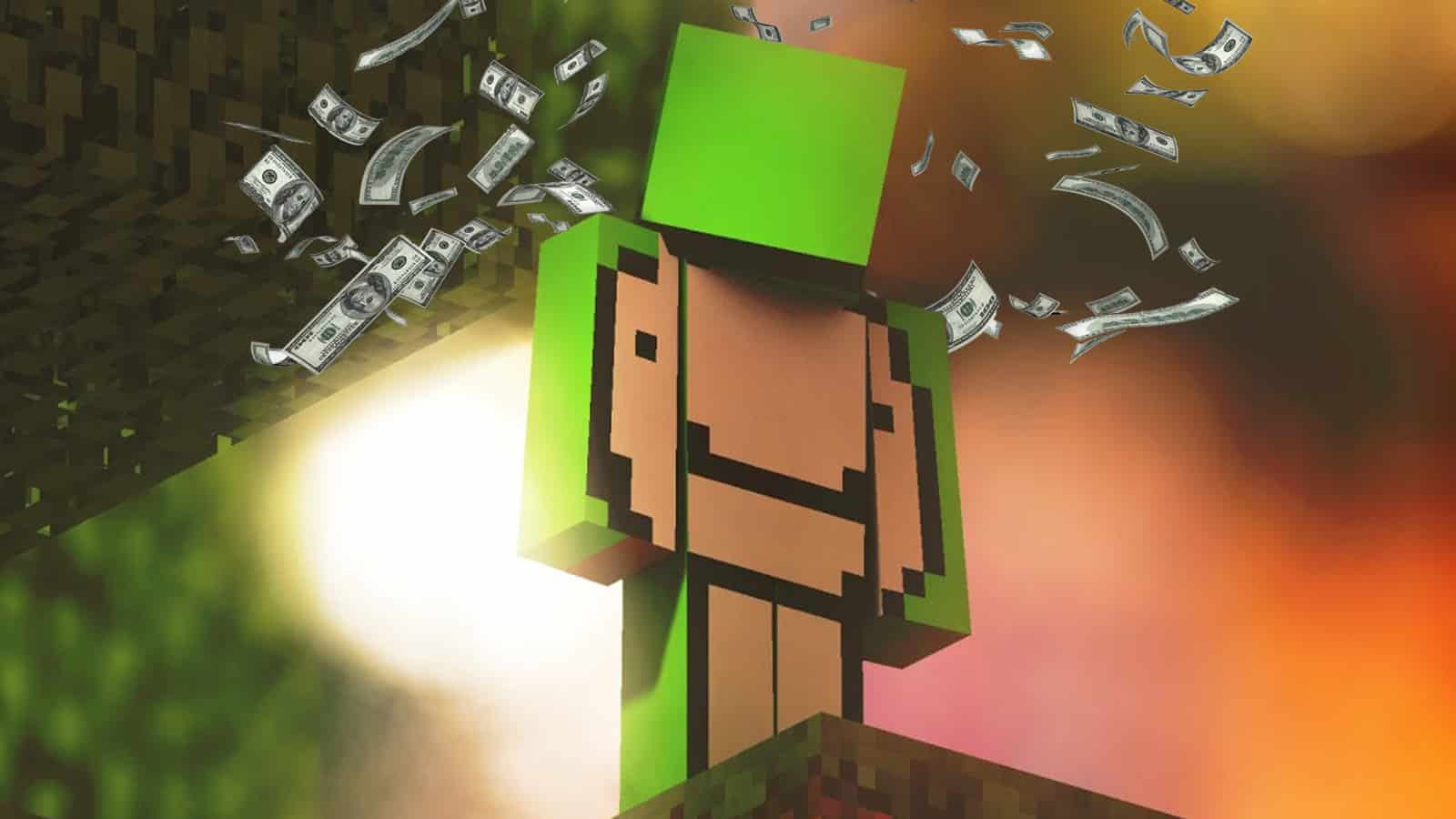 YouTube: Hamito
YouTube: HamitoPopular YouTuber Dream is known for his viral Minecraft videos, but many of them depend upon creating brand new plugins to happen. For his time developing these features, the pseudonymous monetizes his ardent followers in a few interesting ways.
He’s at the forefront of a new wave of content creators in which they hide their identity, building a brand that’s separate from their real-life identity. From setting world records and garnering millions of views to selling distinctive merchandise, Dream is paving unique ground.
His instantly-recognizable Minecraft skin and simplistic name make for a compelling brand, if his millions of followers and viewers are anything to go by. There are a few typical methods of making money from gaming videos but, oftentimes, creators don’t invest the amount of time into a video as Dream and his team do.
While detaching his public brand (see: intellectual property) from his personal identity could well allow for a high-figure sale in the future, he’s bringing in thousands of dollars each month to have fun with his friends. Here are Dream’s net worth and income streams.
What is Dream’s net worth?
 YouTube: Dream
YouTube: DreamAs with effectively every person in business, a lot of discussion around net worth is based on estimation at best and a shot in the dark at worst. Some websites estimate Dream’s net worth to be $5m, whereas others say roughly $3m.
How Dream makes money
Diversified content
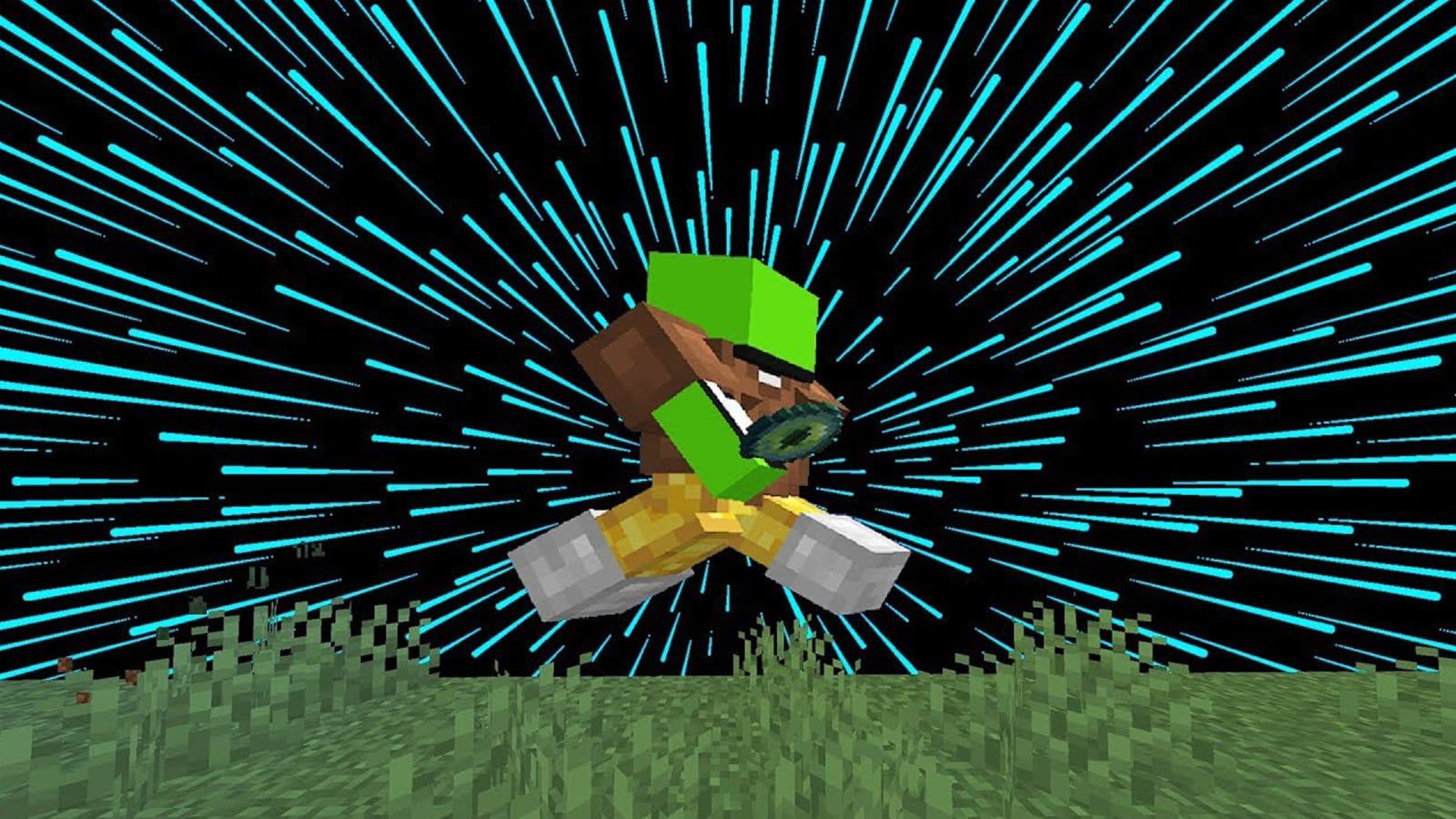 YouTube: Dream
YouTube: DreamThe standard way for popular YouTubers to make money is through adverts on their videos, and Dream is no exception. However, he has seven accounts that are all eligible for monetization — he’s diversified where he houses content and will receive different advertisement rates because of it.
- Read More: How does Pokimane make money?
With a combined subscriber base of over 27.5m at the time of writing, he’ll make thousands of dollars each time he uploads a video to any of his suite of channels. His income can be estimated based on speculative ad rates multiplied by the views he has received, but it would be disingenuous to do so as those rates vary and are unknown.
Regardless, he repurposes his content by uploading extra scenes and short clips from streams, and also documents new plugins that he creates to enable his inventive video ideas to happen. He’s also released a song, titled ‘Roadtrip,’ which has over 10m views a month since it was released. It also lives on music platforms, importantly, which we’ll get to shortly.
He hardly engages with companies through the medium of brand deals and sponsorships. In fact, in November 2020, he transparently tweeted that he had his first sponsor in around a year and it allowed him to pay his friends and give away “over $30,000” to “aspiring creators and streamers.”
Dream occasionally live streams on Twitch too. The Amazon-owned platform allows creators to monetize through advertisements, donations, and subscriptions; with 3.9m followers on that site alone, and knowing he has a fanatical legion of supporters, it’s easy to see how streaming regularly could be rather lucrative for him.
Merchandise, Patreon, and music
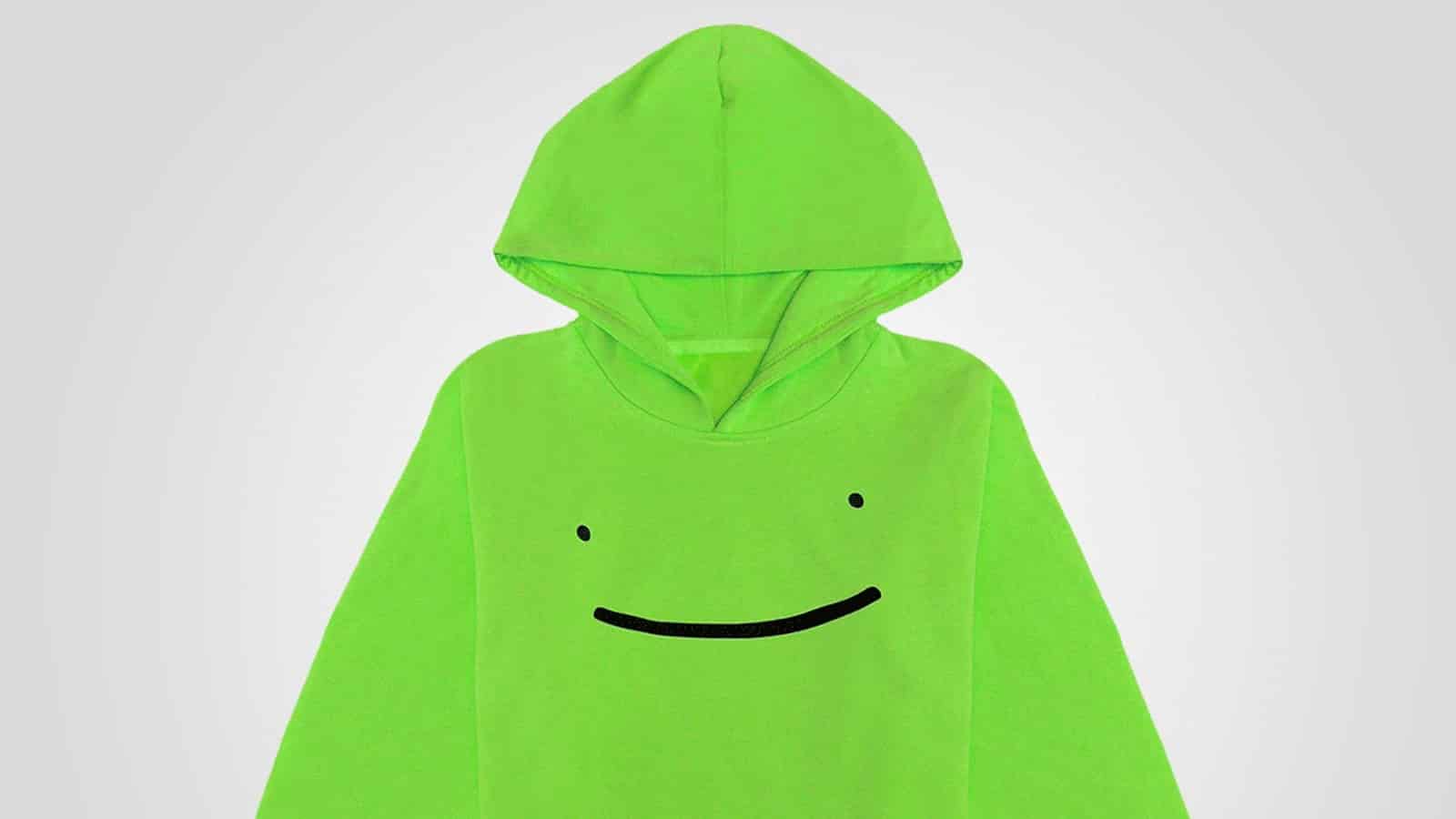 Dream
DreamWhereas some creators choose to create a paywall to additional and exclusive content, Dream is separating himself from the pack. To fund the creation of his custom-coded plugins utilized in videos, he has a Patreon with three tiers with monthly fees.
- Read More: How does Valkyrae make money?
The £4 tier is for fans to “throw [him] a little extra support,” the £15.50 tier provides access to plugins he makes shortly after they appear in videos, and the final, £27 tier also grants membership to a private community Discord. While the amount he receives each month is unknown, he has 1,461 patrons at the time of writing — if they all paid £4 per month, he’d be bringing in £5,844. Over the span of a year, this provides him with a minimum of £70,128.
Though he’s received some criticism for his approach, Dream also has a line of merchandise. Labeled as “too plain” by some disappointed fans and critics, the YouTuber explained that he’s invested a lot of capital into printing, distributing, and managing his line entirely independently.
I spent a huge investment on getting my own place to print, distribute, support, and manage merchandise, completely independently. This means purchasing a building, purchasing printing and packaging equipment, hiring dozens of employees at fair wages and good conditions—
— dream (@dreamwastaken) March 6, 2021
As mentioned earlier, Dream has also forayed into the world of music. His debut song is not only available to listen to on YouTube, it’s also on Spotify and Apple Music. Both of these platforms give a small cut to artists for every play they receive. As he continues to get more popular, or perhaps a future song of his takes off outside of his existing sphere of followers, then more money shall follow.
- Read More: How does MrBeast make money?
It’s clear that Dream is interested in serving his audience in different ways to maximize the time investment his videos take. Not only that, he’s exploring other facets of creativity like singing and has an amazing launchpad in his millions of followers to make some real impact in such fields.
